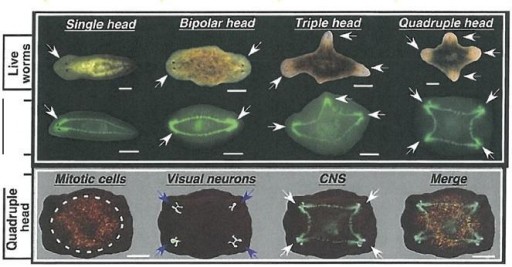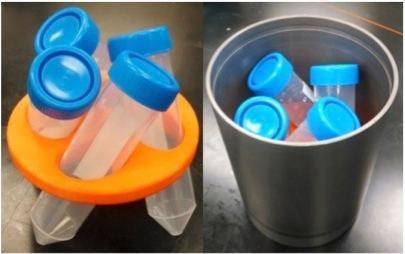Flatworm Regeneration


Flatworms are known to regenerate their own cells by replacing them as they age or get damaged. The Flatworm Regeneration study aims to look at the role of gravity and geomagnetic field on the cell signaling mechanisms that are at work in the regeneration of tissues.
Results from the study may reveal how gravity affects tissue regeneration and re-building of damaged organs and nerves which can be used to better understand issues associated with human healing processes in space.
The experiment sends intact control worms and worms with their heads or tails amputated inside sealed spring water vials for a stay aboard the Space Station. Amputation is performed immediately before launch and the regeneration patterns are analyzed shortly after their return to Earth.
The goal of the experiment is the identification of how an organism detects the placement of damage and how it instructs the leading edge to grow the particular area of appendage that was damaged or lost. Mapping these mechanisms may lead to more effective treatments in the conditioning of injuries by inducing the appropriate growth in a damaged area.
The growth of the flatworms is analyzed on a morphological level by looking at anatomical markers and noting any differences from control animals while further analysis will use molecular genetics to express known genes that are in control of regenerative patterning to understand the mechanisms that are responsible for changes in regenerative shape.
The experiment container is kept at a sub-optimal temperature of 10 to 14°C before and after flight to allow most of the regeneration to take place in the warmer environment aboard the spacecraft. The sealed containers include a data logger to keep track of temperature, pressure, magnetic field and vibration during the experiment.
